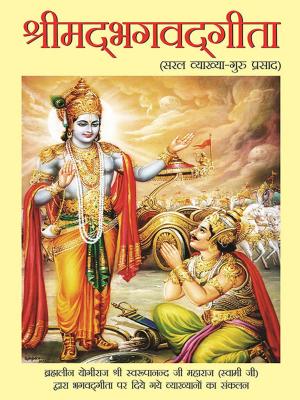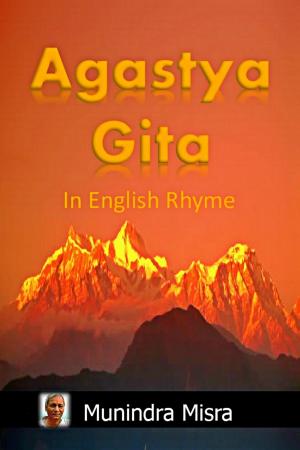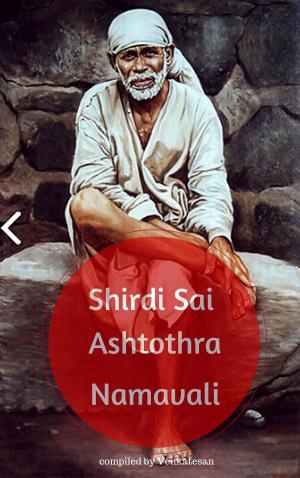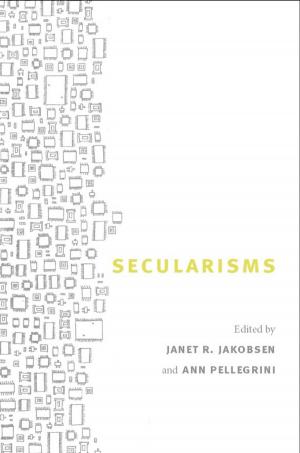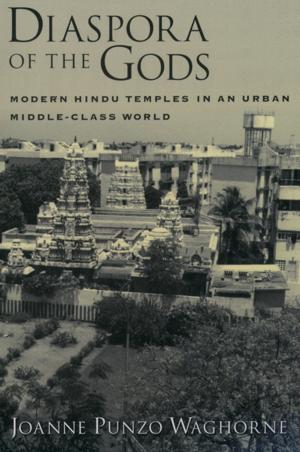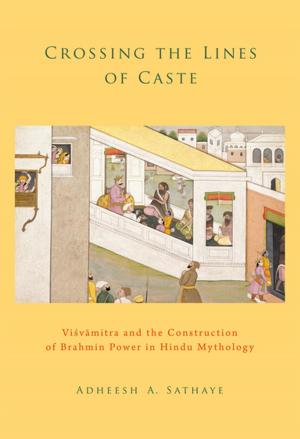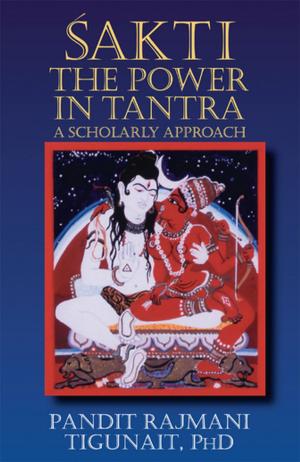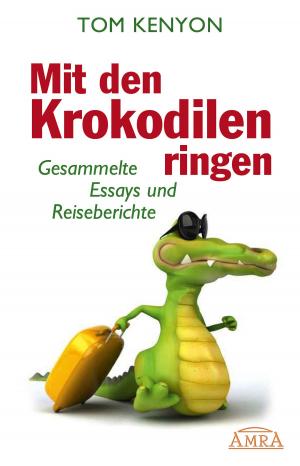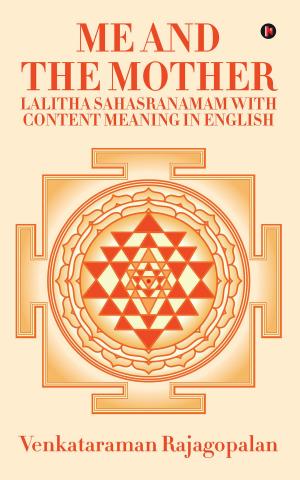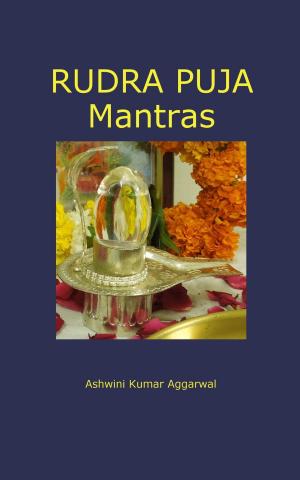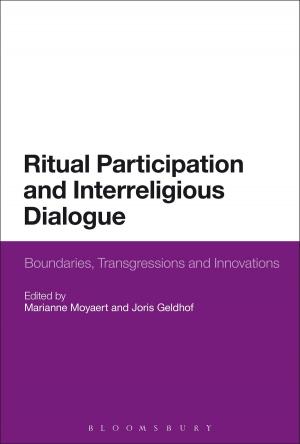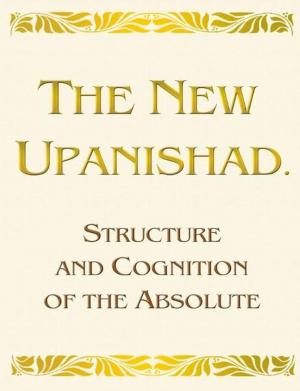Hindu Philosophy: The Sarva Darsana Samgraha
Nonfiction, Religion & Spirituality, Eastern Religions, Hinduism| Author: | Madhava Acharya | ISBN: | 9786051763590 |
| Publisher: | Madhava Acharya | Publication: | June 24, 2015 |
| Imprint: | Language: | English |
| Author: | Madhava Acharya |
| ISBN: | 9786051763590 |
| Publisher: | Madhava Acharya |
| Publication: | June 24, 2015 |
| Imprint: | |
| Language: | English |
I well remember the interest excited among the learned Hindus of Calcutta by the publication of the Sarva-darśana-saṃgraha of Mádhava Áchárya in the Bibliotheca Indica in 1858. It was originally edited by Paṇḍit Íśvarachandra Vidyáságara, but a subsequent edition, with no important alterations, was published in 1872 by Paṇḍit Táránátha Tarkaváchaspati. The work had been used by Wilson in his "Sketch of the Religious Sects of the Hindus" (first published in the Asiatic Researches, vol. xvi., Calcutta, 1828); but it does not appear to have been ever much known in India.
Copies of it are very scarce; and those found in the North of India, as far as I have had an opportunity of examining them, seem to be all derived from one copy, brought originally from the South, and therefore written in the Telugu character. Certain mistakes are found in all alike, and probably arose from some illegible readings in the old Telugu original. I have noticed the same thing in the Nágarí copies of Mádhava's Commentary on the Black Yajur Veda, which are current in the North of India.
As I was at that time the Oriental Secretary of the Bengal Asiatic Society, I was naturally attracted to the book; and I subsequently read it with my friend Paṇḍit Maheśachandra Nyáyaratna, the present Principal of the Sanskrit College at Calcutta. I always hoped to translate it into English; but I was continually prevented by other engagements while I remained in India. Soon after my return to England, I tried to carry out my intention; but I found that several chapters, to which I had not paid the same attention as to the rest, were too difficult to be translated in England, where I could no longer enjoy the advantage of reference to my old friends the Paṇḍits of the Sanskrit College. In despair I laid my translation aside for years, until I happened to learn that my friend, Mr. A. E. Gough, at that time a Professor in the Sanskrit College at Benares, was thinking of translating the book. I at once proposed to him that we should do it together, and he kindly consented to my proposal; and we accordingly each undertook certain chapters of the work.
I well remember the interest excited among the learned Hindus of Calcutta by the publication of the Sarva-darśana-saṃgraha of Mádhava Áchárya in the Bibliotheca Indica in 1858. It was originally edited by Paṇḍit Íśvarachandra Vidyáságara, but a subsequent edition, with no important alterations, was published in 1872 by Paṇḍit Táránátha Tarkaváchaspati. The work had been used by Wilson in his "Sketch of the Religious Sects of the Hindus" (first published in the Asiatic Researches, vol. xvi., Calcutta, 1828); but it does not appear to have been ever much known in India.
Copies of it are very scarce; and those found in the North of India, as far as I have had an opportunity of examining them, seem to be all derived from one copy, brought originally from the South, and therefore written in the Telugu character. Certain mistakes are found in all alike, and probably arose from some illegible readings in the old Telugu original. I have noticed the same thing in the Nágarí copies of Mádhava's Commentary on the Black Yajur Veda, which are current in the North of India.
As I was at that time the Oriental Secretary of the Bengal Asiatic Society, I was naturally attracted to the book; and I subsequently read it with my friend Paṇḍit Maheśachandra Nyáyaratna, the present Principal of the Sanskrit College at Calcutta. I always hoped to translate it into English; but I was continually prevented by other engagements while I remained in India. Soon after my return to England, I tried to carry out my intention; but I found that several chapters, to which I had not paid the same attention as to the rest, were too difficult to be translated in England, where I could no longer enjoy the advantage of reference to my old friends the Paṇḍits of the Sanskrit College. In despair I laid my translation aside for years, until I happened to learn that my friend, Mr. A. E. Gough, at that time a Professor in the Sanskrit College at Benares, was thinking of translating the book. I at once proposed to him that we should do it together, and he kindly consented to my proposal; and we accordingly each undertook certain chapters of the work.

